On June 20 at 4:51 PM we celebrate the first day of astronomical summer and the longest day of the year.
The summer solstice occurs when the Northern Hemisphere has reached its maximum tilt toward the sun. It is also the moment when the sun reaches its northernmost position, 23.5 degrees from the celestial equator. This location point on our beautiful planet is known as the Tropic of Cancer.
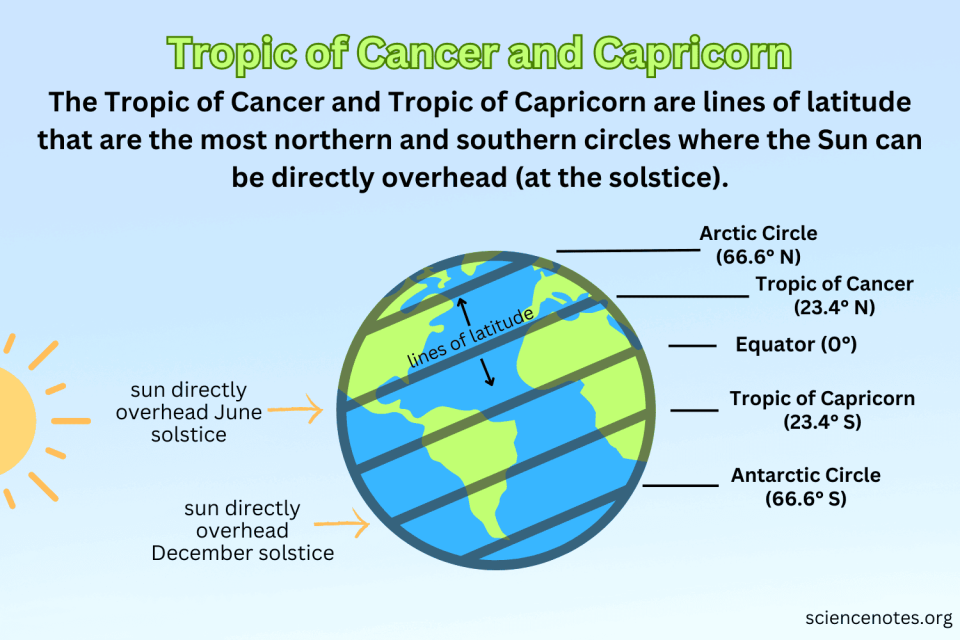
On the solstice, the sun will rise and set at its northernmost position, due east or west, respectively. Observe the position of the sun’s rising and setting as we approach the summer solstice. Then, after the solstice, observe how the sun rises and sets further south each day. Structures such as Stonehenge in England and Machu Picchu in Peru record the position of the sun throughout the year, at key points such as solstices and equinoxes.
You may notice the high arc of the sun and how high it is at noon around the solstice. The summer solstice does not mark the hottest day of the year, which usually happens in July or August. Remember that it takes a while for the earth to warm up after the winter months.
This year’s summer solstice coincides with a very active sun! We are approaching the peak of the sun’s eleven-year activity cycle. We are currently in solar cycle 25. Over the past few months we have experienced a significant number of solar flares and sunspots. On April 22 and 23 we observed the largest number of sunspots in 22 years. Sunspots are darker spots on the surface of the sun caused by intense magnetic activity and are areas of lower surface temperature. On April 23, four solar flares exploded from the sun’s surface in rapid succession, emitting intense bursts of electromagnetic radiation. When sunspots are more active, more eruptions will occur, causing an increase in geomagnetic storm activity on Earth, creating aurora!
By May 8, sunspot AR 3664 had grown so large that it rivaled the Carrington sunspot of 1859. The Carrington sunspot emitted a series of intense solar flares and coronal mass ejections. It set fire to telegraph offices and caused auroras from Cuba to Hawaii. Sunspot AR 3664 was 15 times wider than Earth at the time. On May 8, there were also two X-class flares and several M-class flares. On the afternoon of May 10, an extreme solar storm alert, G5 level, was issued. This was the first time since October 2003. Millions of people around the world enjoyed that night! Stay tuned, maybe we can enjoy the Northern Lights even more in the coming months!
Follow spaceweather.com for daily solar activity and possible aurora displays.
NIGHT SKY FOR JUNE
Planets and the moon
Except for an appearance of Mercury in the last week of June, there are no other planets in the evening sky. This past week, Mercury can be seen just six degrees high in the west and northwest, 40 minutes after sunset. Binoculars may be necessary.
In the early morning sky we have quite a planetary alignment! At the beginning of the month, six planets are at an angle of 72 degrees across the ecliptic. The lineup consists of Jupiter, Mercury, Uranus, Mars, Neptune and Saturn. As an added bonus, the waning crescent moon will wander through the lineup during the first week of June. A number of planets will change positions during the month.
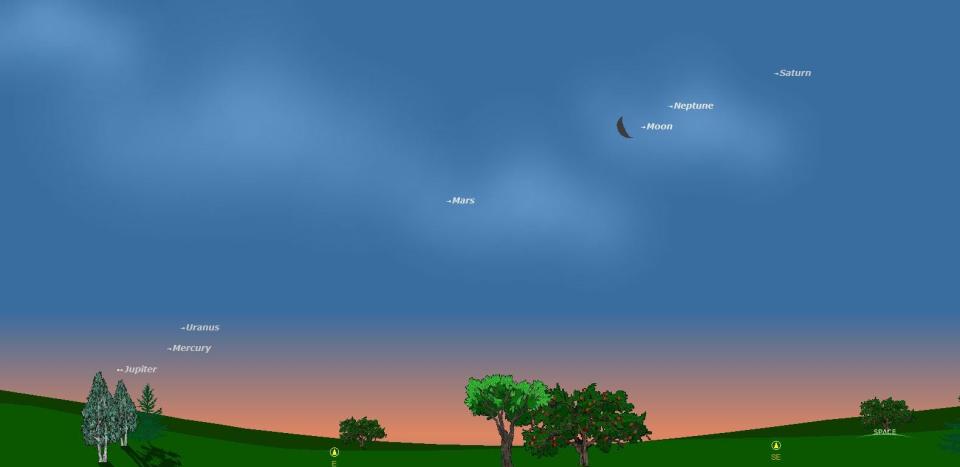

At the beginning of the month, Saturn will rise first in the southeast, just before 2 a.m. at magnitude 1. On June 27, Saturn and the waning moon will be 3.5 degrees apart.
Neptune will be 10.5 degrees east of Saturn before sunrise. You will need binoculars and scan two fields of view east of Saturn. The waning moon will help locate Neptune on June 28. The Moon will be less than one degree north of Neptune just before sunrise.
Mars rises shortly before 3:30 a.m. on June 1 at magnitude 1.1. On June 2, it will be 6.5 degrees east of the waning crescent moon. On June 30, Mars rises at 2:30 am and continues to brighten.
Uranus rises at 4:45 a.m. on June 1 at dawn, making viewing difficult. However, Mercury, with a magnitude of -0.9, will be 2.5 degrees to the left. Binoculars are necessary. The slender crescent moon passes north of Uranus on June 4.
Jupiter reappears in the morning sky in June, rising earlier each day. It rises around 5 a.m. on June 1 and is easy to spot at magnitude -2.0. On June 4, Mercury and Jupiter will be less than a tenth of a degree apart. The most difficult part of observing this conjunction will be the brightening sky just before sunrise. It’s worth a try, but bring binoculars. On June 30, Jupiter rises at 3:30 am
Venus is not visible in June.
The Full Strawberry Moon will occur one day after the summer solstice. On the solstice, the moon will rise as the sun sets and set as the sun rises the next morning.
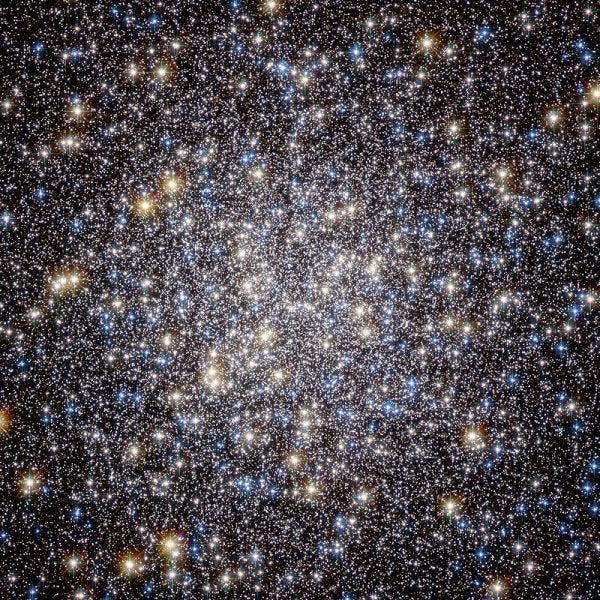

Night sky spotlight
This month’s spotlight goes to the bravest and strongest hero, Hercules. Hercules continues to climb higher in the eastern sky every night. Locating Hercules may take some practice, especially if there is light pollution in your area. Furthermore, there are relatively few bright stars in Hercules. To find Hercules, look for the bright orange-yellow star Arcturus. Hint…bow from the handle of the Big Dipper to Arcturus. Move slightly down and to the left to a keystone shape or a lopsided square asterism or a striking pattern. This is the body of Hercules. Another way to locate Hercules is to find another bright star, Vega, located in the northeast. Look closely at the keystone shape. In short, Hercules is located between Arcturus and Vega.
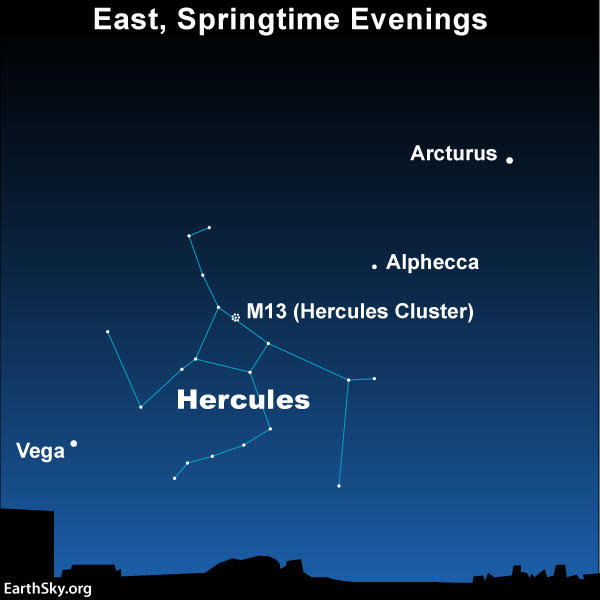

To observers in the Northern Hemisphere, Hercules appears upside down. The head of Hercules is a visual double star called Rasalgheti. The primary star is orange-red, but its companion is bluish turquoise or sage green. It’s one of my favorite double stars. You need a telescope to view Rasalgheti. One of Hercules’ feet is placed firmly on the head of Draco, the Dragon. Draco was the monster that Hercules defeated as one of his twelve labors.
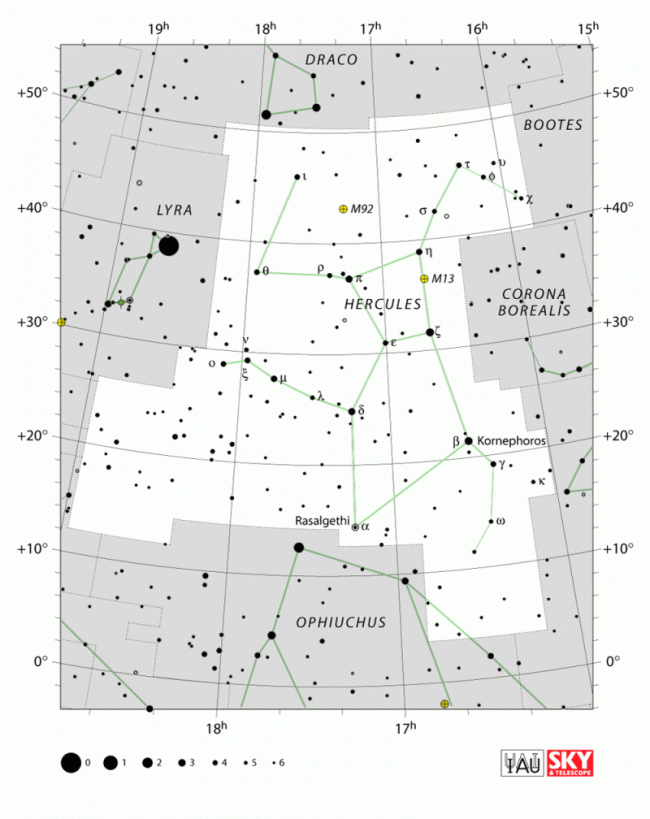

Hercules contains the large globular star cluster Messier 13. It is a densely packed star cluster of about a million stars. With practice you can see through binoculars. It would appear as a faint spot on the side of Hercules facing Arcturus. A telescope would provide a breathtaking view. Another globular cluster is Messier 92. It forms a triangle with the two keystone stars pointing north.
Visit my website www.starrytrails.com for more night sky details, maps and audio.
Visit the Hoover Price Planetarium
Starting Tuesday, there will be daily planetarium shows from Tuesday to Saturday. Visit www.mckinleymuseum.org for show dates and times! Planetarium shows are free with museum admission. The Planetarium is located at the McKinley Presidential Library & Museum, 800 McKinley Monument Drive NW in Canton. For more information, call the museum at 330-455-7043.


This article originally appeared on The Repository: The Sun’s actions will change with the summer solstice on June 20







